Menu
Planting trees is a major decision that requires consideration of crucial factors like planting time, soil quality, tree type, and tree placement. While most people often avoid landscaping projects during the cold months, winter is ideal for planting new saplings, depending on the soil temperature and overall conditions. As a professional tree care company, Driscoll Tree Service can assess the conditions on your property and guide you through a successful planting project. If you want to plant trees this winter, here are facts to help you make informed decisions.
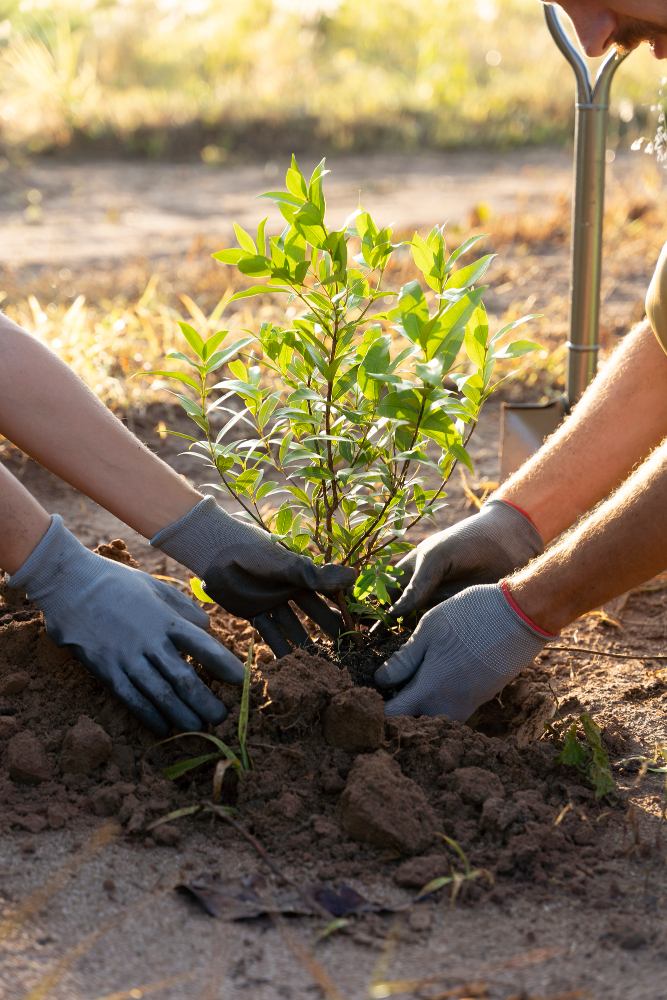
Winter is not usually ideal for outdoor activities, but it has its advantages in tree planting. During the cold months, deciduous trees are dormant, meaning they are not actively growing foliage or flowers. This dormancy state allows them to focus their energy on developing strong root systems. The cooler temperatures also reduce the risk of transplant shock, as the tree is not exposed to extreme heat and sunlight, which can stress young saplings. In addition, the lack of leaves in winter makes it easier for arborists to assess the structure of the tree and its root system. We can more effectively identify and prune dead or damaged branches, preventing further damage and tree removal emergencies.
Another vital factor to consider before winter tree planting is your USDA Hardiness Zone. This is crucial in mitigating problems in the future and ensuring healthy growth. Different tree species have specific temperature and climate requirements, hence the need to consult a reputable service provider. Our skilled arborists work with you to identify the various zones on your property and suitable trees that can thrive in those conditions and temperature ranges.
Checking the weather forecast is essential before hiring a tree care company to handle a winter tree planting project. Extreme cold or frost can be detrimental, compromising your trees’ health and overall well-being. Tree service experts usually recommend a mild day with temperatures above freezing for tree planting during winter. However, avoid tree planting during heavy rainfall or when the ground is frozen solid, as this can hinder root growth and establishment. The last thing you want is a premature tree removal emergency because of bad planting weather.

When considering trees to plant in winter, consult a professional tree care company to choose species well-suited to the season’s conditions. Deciduous trees like oaks, maples, and birches, especially bare-root trees, are often suitable for winter planting. These species are known for adaptability and thrive when planted during the dormant season. Evergreen trees such as pines, spruces, and fir are also excellent choices for winter planting because of their ability to hold moisture through their needle-like leaves, which is beneficial in cold and dry weather. Selecting the right tree species is crucial for a successful winter tree planting project, but if you need professional help, call a tree service expert.
Winter tree planting can be a successful endeavor when done correctly. With careful planning and consideration of these factors, you can contribute to a greener, healthier environment. Contact us at Driscoll Tree Service and schedule a consultation with our professional arborists for successful planting during the year’s coldest months.
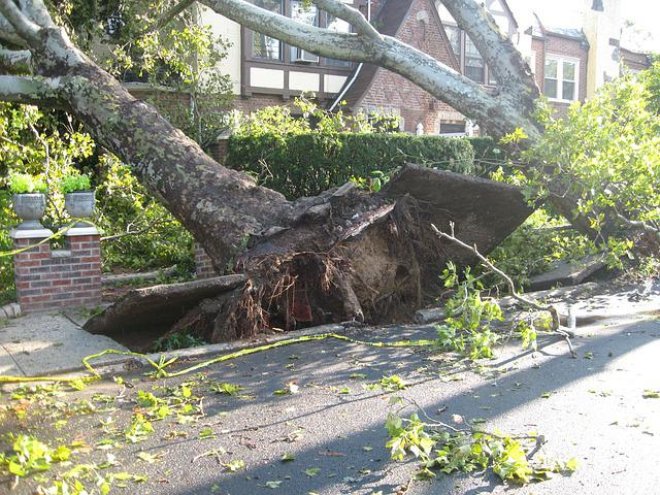
Just like your car needs regular oil changes and tune-ups, your trees also require routine trimming to keep them healthy and enhance safety. Trimming trees may not be your kind of ideal weekend activity, but it helps to keep your…
Read More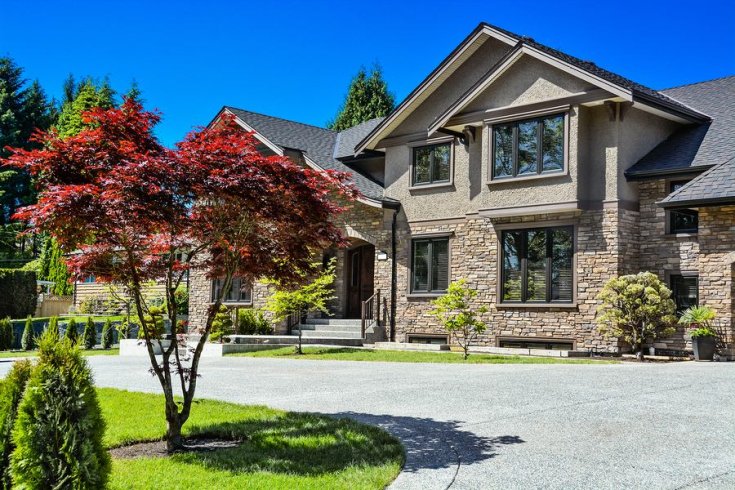
5 Tips to Maximize Your Curb Appeal First impressions matter, especially in your home. Whether you plan to sell your house or stand out in the neighborhood, enhancing your curb appeal is an excellent way to achieve your goals. As…
Read More.jpg)
5 Resilient Tree Species that Benefit People and the Planet Trees around the world have been celebrated for thousands of years. These magnificent entities offer many benefits to the planet, drawing people to connect with them. As a property owner,…
Read More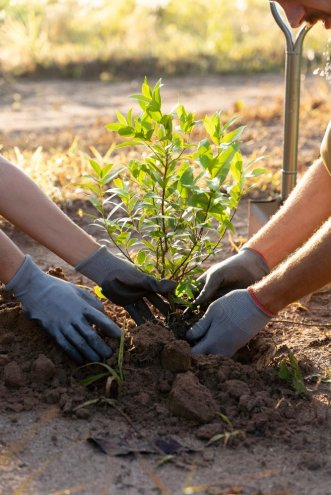
Facts About Winter Tree Planting Planting trees is a major decision that requires consideration of crucial factors like planting time, soil quality, tree type, and tree placement. While most people often avoid landscaping projects during the cold months, winter is…
Read More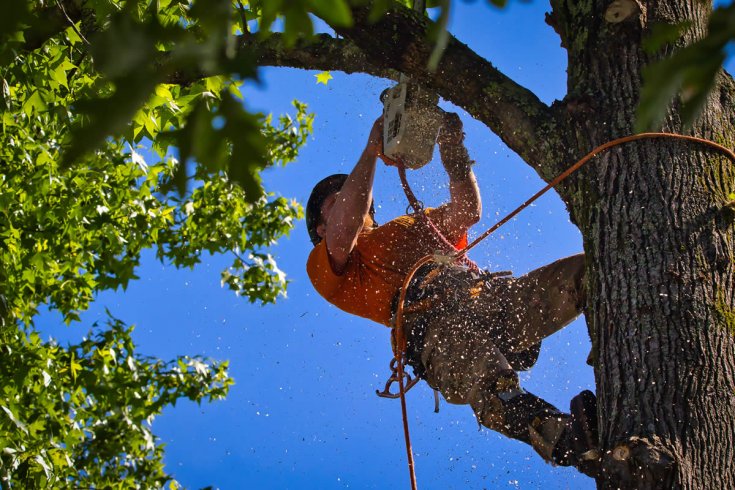
Why You Need an Arborist to Prune Your Trees Tree pruning is a vital part of property maintenance, but it's not a job for everyone. Mistakes made while pruning or trimming your trees could result in poor tree health, property…
Read More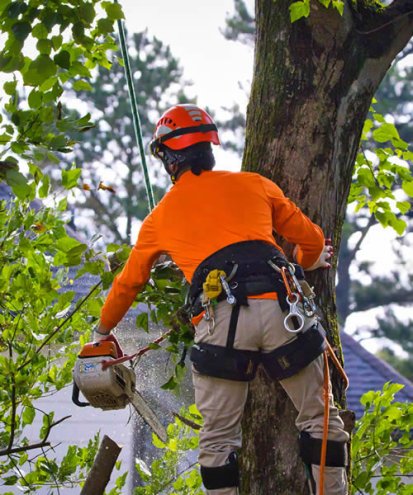
Signs It's Time to Trim Your Trees Trees play a vital role in our environment, offering many benefits, including fresh air, shade, and curb appeal. However, trees require proper care and maintenance to thrive. Regular trimming is one of the most crucial…
Read More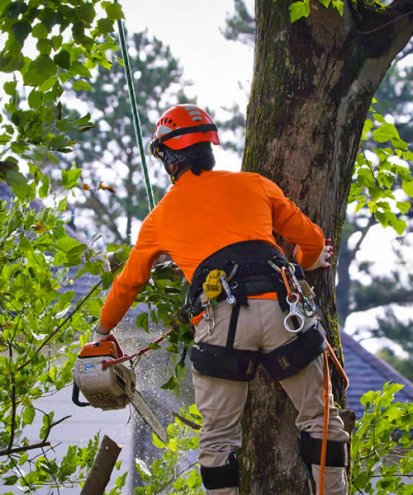
How Bad Pruning Can Damage Your Trees Pruning trees is essential for enhancing your property’s aesthetics and promoting tree health and longevity. When done correctly, pruning can rejuvenate a tree’s growth and improve its appearance. However, bad pruning practices can…
Read More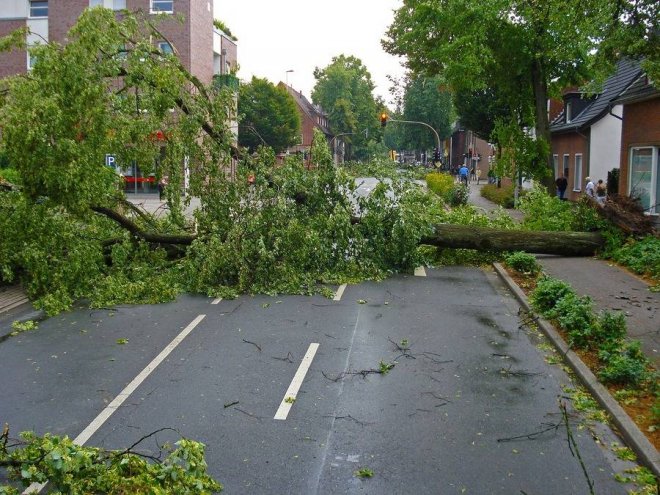
How Storms Impact Your Trees Trees are a valuable addition to any landscape. From enhancing curb appeal to improving the overall quality of life, trees are no denying essential to the ecosystem. However, like most living things, trees are susceptible…
Read More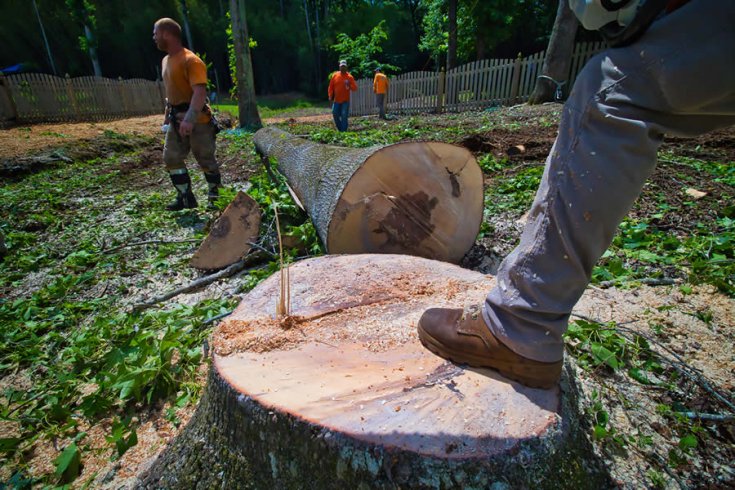
Are There Dangers in Cutting Tree Roots? Trees are more than towering entities in our landscapes; they are essential to our ecosystem, providing shade, oxygen, and aesthetic beauty. However, the decision to cut tree roots, whether driven by the need…
Read More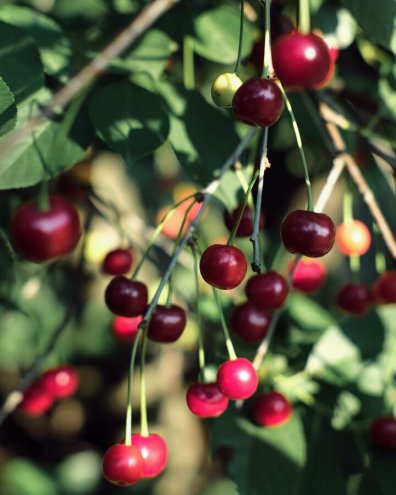
Summer Pruning Tips for Cherry and Apricot Trees Tree pruning is vital for optimum health and longevity. It is the equivalent of a haircut, as it enhances aesthetics and prevents diseases. Unfortunately, many homeowners prefer handling yard maintenance alone, which…
Read More